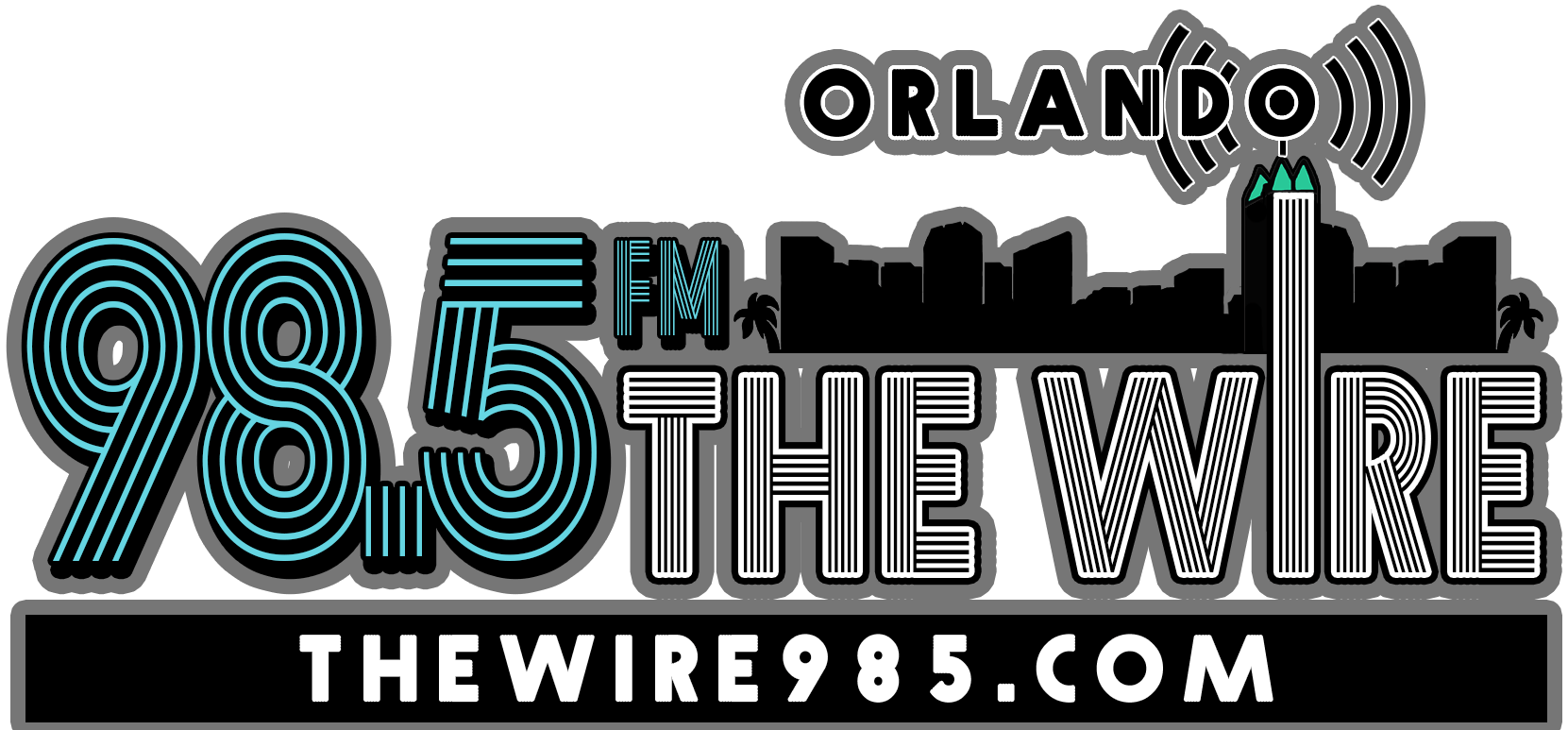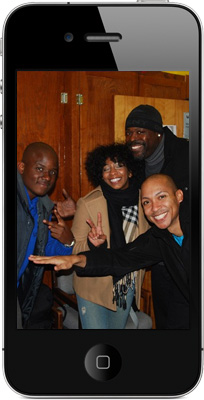St. Louis American
Stay Informed, Stay Empowered in STL
Subscribe to The St. Louis American‘s free weekly newsletter for critical stories, community voices, and insights that matter.
On May 19, 2024, Jacqueline Rhone passed away after being diagnosed with a brain aneurysm – an ailment that strikes Black Americans at a higher rate than other ethnic groups.
Her mother Jazzie Ford created the LaLa Speaks Foundation in honor of the daughter she describes as “a rare soul.”
“She was kind, smart, and deeply rooted in her faith,” said Ford. Since that life changing day Ford has been on a mission to raise awareness, advocate for early detection, and support research to help prevent other families from experiencing the same devastating loss.
“She had so much ahead of her. Losing her has left an unimaginable void, not just in my life, but in the lives of everyone she touched. She was more than my daughter—she was a light to so many,” said Ford describing her late daughter.
“No parent should endure this pain. No family should ever be left so uneducated about this silent killer,”
Thank you for supporting local Black journalism!
She said her daughter made others feel like they mattered. She was an ordained minister, who carried herself with grace and wisdom beyond her years. Her daughter took her education seriously, earning bachelor’s and master’s degrees. She was set to begin her doctorate in the summer of 2024. Unfortunately, Rhone never got the chance to earn her doctorate.
According to the Brain Aneurysm Foundation, aneurysms form in weak spots in arteries, often where the blood vessels form branches.
For roughly 6.8 million Americans currently living with aneurysms, blisters that occur in the brain.
“The federal government spends only $2.08 per year on brain aneurysm research for each person afflicted”
A Penn State article, ‘The Medical Minute: The dangers of cerebral aneurysms’. states women are more likely than men to have a brain aneurysm and African Americans and Hispanics have more brain aneurysms than white people.
Also, in most cases aneurysms don’t rupture, grow or cause problems, and doctors opt to keep them under surveillance to make sure they stay that way.
Surgery is usually required to remove an aneurysm that’s a threat, and doctors weigh a number of factors, like the lesion’s location and the age and health of the patient.
The Brain Aneurysms Statistics and Facts report paints a more startling picture–about 30,000 people in the United States suffer a brain aneurysm rupture each year.
A brain aneurysm ruptures every 18 minutes. There are almost 500,000 deaths worldwide each year caused by brain aneurysms, and half the victims are younger than 50. African Americans and Hispanics are about twice as likely to have a brain aneurysm rupture compared to whites
Before Rhone’s brain aneurysm Ford says her daughter was showing symptoms that were either dismissed or misdiagnosed. The symptoms were caused by the size of her aneurysm and the pressure it was putting on her daughter’s brain. She experienced vision problems but when she went to the ophthalmologist she was told ‘her glasses were just dirty’.
Ford said the ophthalmologist cleaned her glasses and insinuated that she wasn’t wearing her bifocals as expected and to give her eyes time to adjust to her prescription. Rhone followed the doctors orders, however, when she went back her vision had deteriorated so much that they retested her prescription and saw significant changes. The aneurysm was pressing on a vessel, rapidly causing her eyesight to decline. Rhone had to wear a patch over one eye just to help her focus.
But Rhone’s health issues didn’t end with her eyesight, she told her doctor that her ears constantly felt clogged–she was told to get an over the counter ear cleaning kit. She had weakness and numbness.
The doctor told her it was because of inflammation. Her brain aneurysm caused confusion and occasional vomiting. When Rhone was finally diagnosed a doctor said her aneurysm was the largest he had ever seen. It was pressing against a vessel in her brain, which explained her symptoms.
Ford said many people, especially in the Black community, don’t know the warning signs. Oftentimes we don’t get screened early and the medical system dismisses our concerns.
“We need to push for change. We need education, funding, and advocacy. That’s what LaLa Speaks Foundation is here to do,” said Ford when talking about the healthcare system and how it impacted her daughter’s life.
Even though there is widespread availability of brain imaging that can detect a ruptured brain aneurysm, misdiagnosis or delays in diagnosis occur in up to one quarter of patients when initially seeking medical attention. In three out of four cases, misdiagnosis results from a failure to do a scan, according to the The Brain Aneurysms Statistics and Facts report.
The report shows treatment of ruptured brain aneurysms is far more costly than the treatment of unruptured aneurysms, the cost of a brain aneurysm treated by surgical clipping more than doubles after the aneurysm has ruptured.
The cost of a brain aneurysm treated by endovascular coiling increases by about 70% after the aneurysm has ruptured. The federal government spends only $2.08 per year on brain aneurysm research for each person afflicted.
Rhone’s passing affected everyone around her. Every morning, she would send out motivational messages —words of encouragement, scriptures, or just a simple reminder that she was praying for them. People looked forward to those messages.
Ford told the American that doctors told her high blood pressure and kidney failure could have contributed to her daughter’s death.
“It was the hardest moment of my life,” said Ford.
“I was devastated, confused, and in complete shock. I didn’t even know what a brain aneurysm was.”
After her daughter’s death Ford began to think about all of her daughter’s symptoms and soon realized they were something more serious.
“If we had known more about brain aneurysms, maybe we could have pushed for answers sooner,” said Ford reflecting on her daughter’s illnesses.
“If I can educate our community, provide them with resources, and advocate for change, then I can better accept that God saw fit for my daughter to be with the angels.”
Your email address will not be published.
2315 Pine Street
St. Louis, MO 63103
Phone: (314) 533-8000
Email:editor@stlamerican.com
Sign in by entering the code we sent to , or clicking the magic link in the email.
https://www.stlamerican.com/. This site is protected by reCAPTCHA and the Google Privacy Policy and Terms of Service apply.











More Stories
The Truth About Black America’s HIV Crisis – Word In Black
“Black Americans Are Not Surprised”: Christina Greer on Trump’s Attacks on Students, DEI & History – Democracy Now!
Attacks on the "Black Smithsonian" by Trump are seen as an effort to whitewash racism in U.S. history – Milwaukee Independent